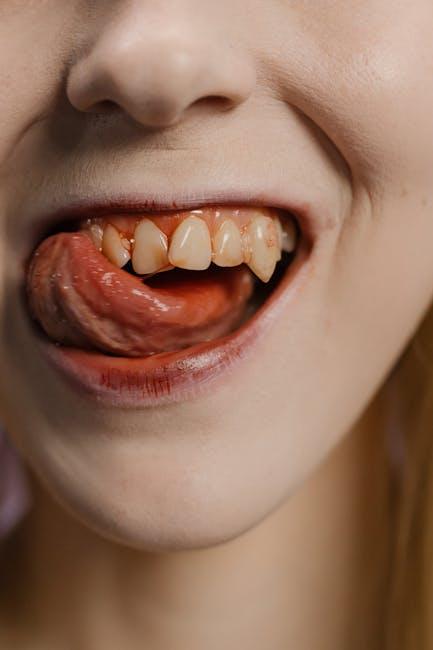
Does Medicaid Cover Dental? Orthodontics, Common Procedures & State Coverage
Dental health is a vital part of overall well-being, but many people wonder: Does Medicaid cover dental care? The answer isn’t uniform across the US, as Medicaid dental coverage varies widely by state and depends on the type of care you need. From basic cleanings to orthodontics, this guide dives into Medicaid dental benefits, coverage for common procedures, state differences, and tips to get the most out of your Medicaid dental plan.
Understanding Medicaid Dental Coverage: An Overview
Medicaid is a state and federally funded program that offers health insurance to eligible low-income individuals and families. While its primary focus is medical coverage, many states include some form of dental benefits within their Medicaid programs. However, these benefits can vary dramatically:
- Mandatory coverage for children: The Children’s Health Insurance Program (CHIP) and Medicaid require dental coverage for individuals under 21 by federal law.
- Optional coverage for adults: States decide whether to offer dental services to adult Medicaid recipients, so coverage for adults may range from comprehensive to minimal or none.
Does Medicaid Cover Orthodontics?
Orthodontic treatment, such as braces and aligners, is often considered a specialized and costly type of dental care. Many people want to know if Medicaid covers orthodontics, especially for children.
Orthodontic Coverage for Children
Most states cover orthodontic services for children under 21 if the treatment is deemed medically necessary. This often means:
- Treatment to correct severe dental and facial abnormalities like cleft palate.
- Orthodontics related to jaw pain or speech disorders.
Cosmetic orthodontics (i.e., treatment mainly for appearance) is typically not covered.
Orthodontic Coverage for Adults
Coverage of orthodontics for adults on Medicaid is rare and usually not included unless the treatment addresses a medical condition.
Common Dental Procedures Covered by Medicaid
Dental services covered by Medicaid differ by state, but common covered procedures often include:
- Preventive care: Regular checkups, cleanings, fluoride treatments, and X-rays.
- Basic restorative services: Fillings, extractions, and root canals.
- Emergency dental care: Services required to relieve pain or infection.
- Some prosthodontic services: Dentures or partials, depending on the state.
It’s important to note the scope and frequency of covered services usually come with certain limits and require prior authorization in some cases.
State-by-State Medicaid Dental Coverage: Key Differences
Since Medicaid is partially state-managed, dental benefits can differ significantly. This table highlights some examples of adult dental coverage across select states:
| State | Adult Dental Coverage | Orthodontics (Adults) |
|---|---|---|
| California | Limited preventive and emergency | Not covered |
| Texas | Basic and some restorative procedures | Rarely covered |
| New York | Comprehensive adult dental | Covered if medically necessary |
| Florida | Emergency services only | Not covered |
Benefits of Medicaid Dental Coverage
Having Medicaid dental coverage can improve your oral health and overall quality of life. Some key benefits include:
- Access to preventive care: Reduces the risk of serious conditions like cavities, gum disease, and tooth loss.
- Lower out-of-pocket costs: Many dental procedures can be costly—Medicaid helps ease the financial burden.
- Improved overall health: Good oral health is linked with fewer medical complications, such as heart disease and diabetes.
- Orthodontic benefits for children: Early intervention can correct bite and alignment issues impacting speech and chewing.
Practical Tips to Maximize Your Medicaid Dental Benefits
- Check your state’s coverage: Visit your state Medicaid website or speak with a Medicaid representative to understand what dental services are covered.
- Find Medicaid-accepting dentists: Not all dentists accept Medicaid, so verify providers before booking appointments.
- Prioritize preventive care: Regular cleanings and exams can prevent costly procedures later.
- Keep documentation handy: Some treatments require prior authorization, so prepare your paperwork early.
- Ask about orthodontics early: If your child needs braces, get an evaluation and submit any required medical necessity documentation.
Real-Life Medicaid Dental Experience: A Case Study
Meet Jessica, a Medicaid recipient from New York. She needed braces for her 12-year-old son due to severe bite issues causing discomfort and speech problems. After consulting a Medicaid dental provider, Jessica submitted medical necessity forms and had the orthodontic treatment fully covered under her state’s Medicaid program. Today, her son enjoys greater confidence and improved oral function thanks to Medicaid’s orthodontic coverage for children.
Conclusion
Medicaid dental coverage varies widely depending on your age, state, and specific dental needs. While dental benefits are mandatory for children under Medicaid, adult dental coverage is optional and differs significantly state by state. Orthodontic treatment is commonly covered for children only when medically necessary.
To get the most from Medicaid dental benefits, it’s crucial to understand your state’s specific offerings, find providers who accept Medicaid, and prioritize preventive care. By doing so, Medicaid recipients can enjoy improved oral health without the hefty price tag.
Ready to explore your Medicaid dental options? Visit your state’s Medicaid site or talk to a certified insurance advisor today to learn more!


